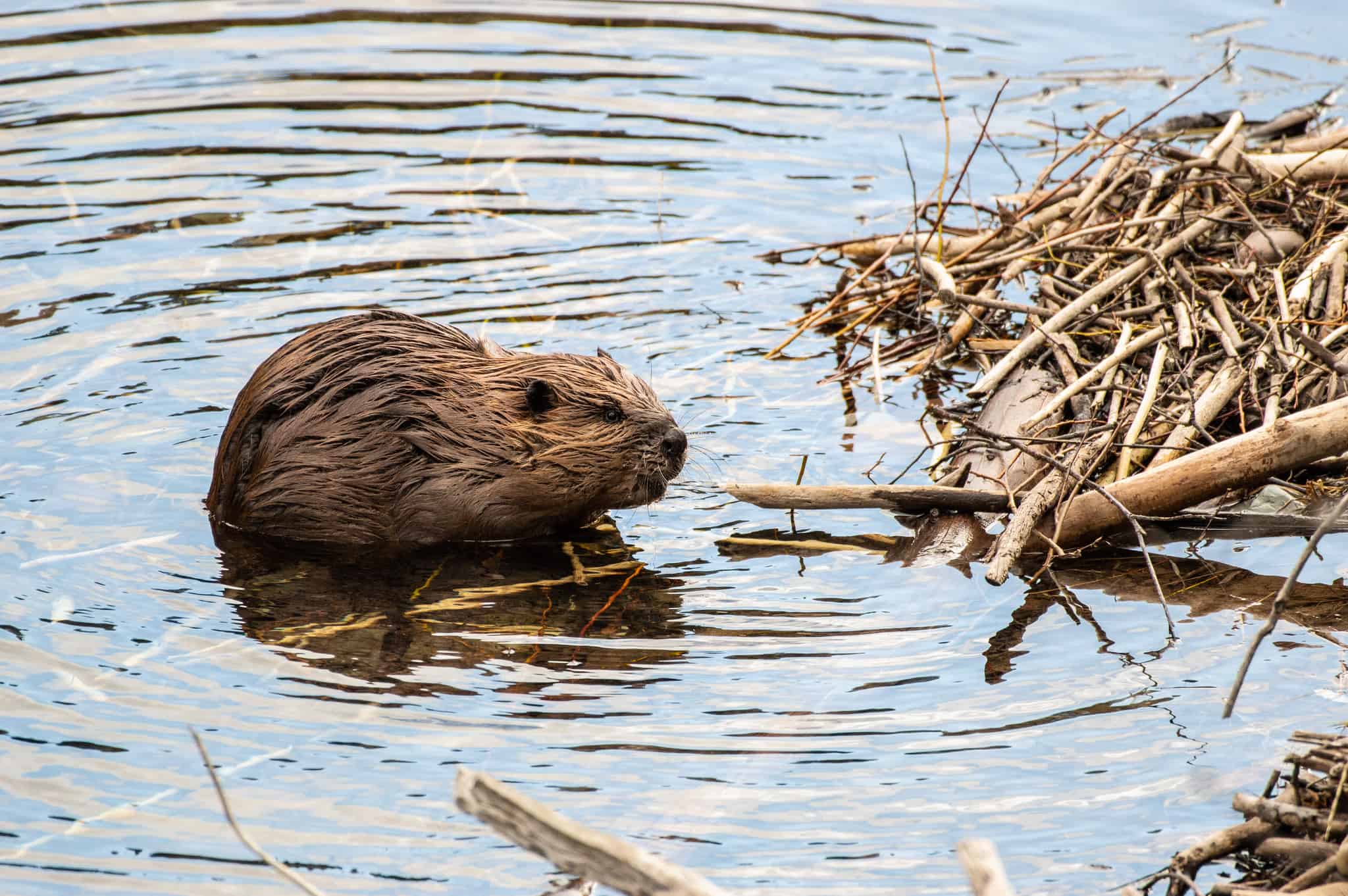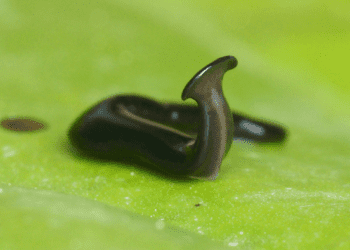The threat posed by alien species is underappreciated, underestimated and often unacknowledged, according to a new report. More than 37,000 invasive species have been introduced by human activities to regions around the world — 3,500 of which are classed as harmful invasive alien species, seriously threatening nature and other native species.
Even if you don’t care about the environmental calamity that these invasive species bring, you should at least care about the economic damage — because it’s very significant.

The Intergovernmental Platform on Biodiversity and Ecosystem Services (IPBES), an independent international body that monitors the health of the world’s ecosystems, published a new report on the impact of invasive species. They are costing the world $423 billion per year. The damages have at least quadrupled every decade since 1970.
“Invasive alien species are a major threat to biodiversity and can cause irreversible damage to nature, including local and global species extinctions, and also threaten human wellbeing,” Professor Helen Roy (UK), co-chair of the Assessment with Prof. Anibal Pauchard (Chile) and Prof. Peter Stoett (Canada), said in a news release.
The findings follow a 2019 study that warned that invasive alien species are one of the five most important direct drivers of biodiversity loss. On the basis of this, governments tasked IPBES to provide evidence of the impact and policy options to deal with biological invasions. The report was produced by 86 experts from 49 countries, working for over four years.
The hidden threats of invasive species
Invasive alien species are the subgroup of alien species that have become established and spread, causing severe harm to nature and people. About 6% of alien plants, 22% of alien invertebrates, 14% of alien vertebrates, and 11% of alien microbes are invasive. Those who rely on nature, such as rural communities, face a higher risk to their livelihoods due to invasive species.
Up to 85% of the impacts of biological invasions on native species are negative, the researchers found in the report. Some examples include the ways that North American beavers (Castor canadensis) and Pacific Oysters (Magallana gigas) modify ecosystems by transforming habitats, often with severe consequences for the native species.
Similarly, almost 80% of the impacts on the economy are also negative, especially affecting food supplies. This is the case, for example, of the European shore crab (Carcinus maenas) and the severe disruption it has caused to the shellfish beds in New England, the researchers said.
“Invasive alien species pose a substantial threat to livelihoods and food security around the world. They can, for example, manifest as destructive crop or forest pests or displace species targeted by fisheries. They are an important driver of biodiversity loss,” UN Environment Program head Inger Andersen said in a news release.
The report also found that 85% of the documented impact negatively affects people’s quality of life. For example, through pathogens, including malaria and Zika, spread by invasive mosquito species.

Most of the damage caused by invasive alien species is reported on land — about 75%, especially in forests, woodlands and cultivated areas, the researchers said. In aquatic ecosystems, they are especially damaging on islands, with alien species exceeding native ones on over 25% of the islands. North and South America are the regions most affected by biological invasion.
“It would be an extremely costly mistake to regard biological invasions only as someone else’s problem,” Pauchard said in a news release. “Although the specific species that inflict damages vary from place to place, these are risks and challenges with global roots but very local impacts, facing people in every country, from all backgrounds.”
Challenging scenario
The IPBES experts said there are insufficient measures in place to address these challenges. While 80% of countries have targets related to managing invasive alien species in their biodiversity plans, only 17% have national laws addressing this issue. The report also found that 45% of all countries don’t invest in the management of biological invasions.
However, all hope is not lost. The researchers highlighted that the spread of invasive alien species and their negative effects can be prevented through better ecosystem management and law enforcement. “The good news is that, for almost every context and situation, there are management tools, governance options and targeted actions that really work,” said Pauchard in a news release.
Prevention is the best and most cost-effective option, with measures such as border biosecurity and strictly enforced import controls having worked in many cases. The researchers also suggested early detection and rapid response as key tools to reduce the rate of alien species establishment, especially for marine and connected water systems.
In some cases, eradication can be a successful and cost-effective measure, especially when populations are small, slow-spreading and live in isolated ecosystems. Examples include the black rat (Rattus rattus) and rabbit (Oryctolagus cuniculus) in French Polynesia. Eradication of alien plants is more difficult due to how long seeds can lie dormant in the soil.
“One of the most important messages from the report is that ambitious progress in tackling invasive alien species is achievable,” Prof. Stoett said in a news release. “What is needed is a context-specific integrated approach, across and within countries and the various sectors involved in providing biosecurity. This will have far-reaching benefits for nature and people.”






